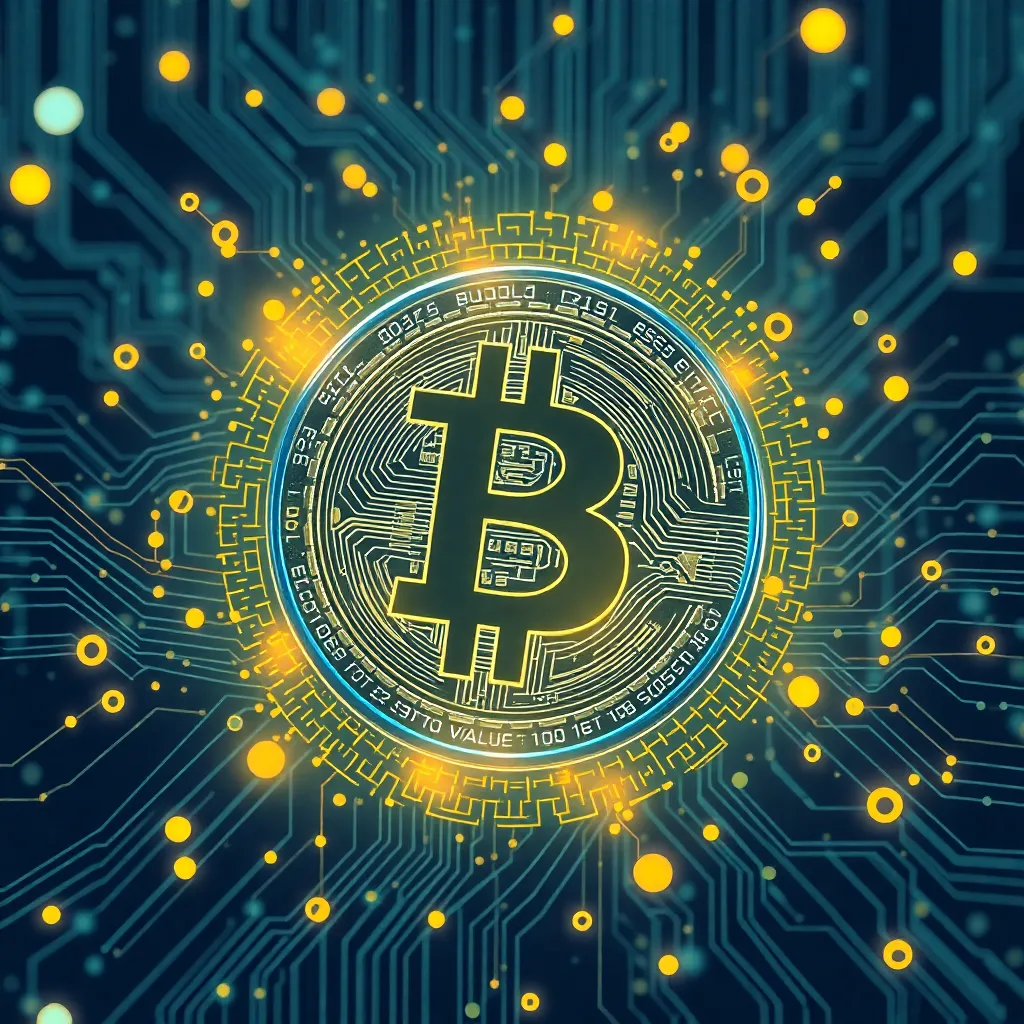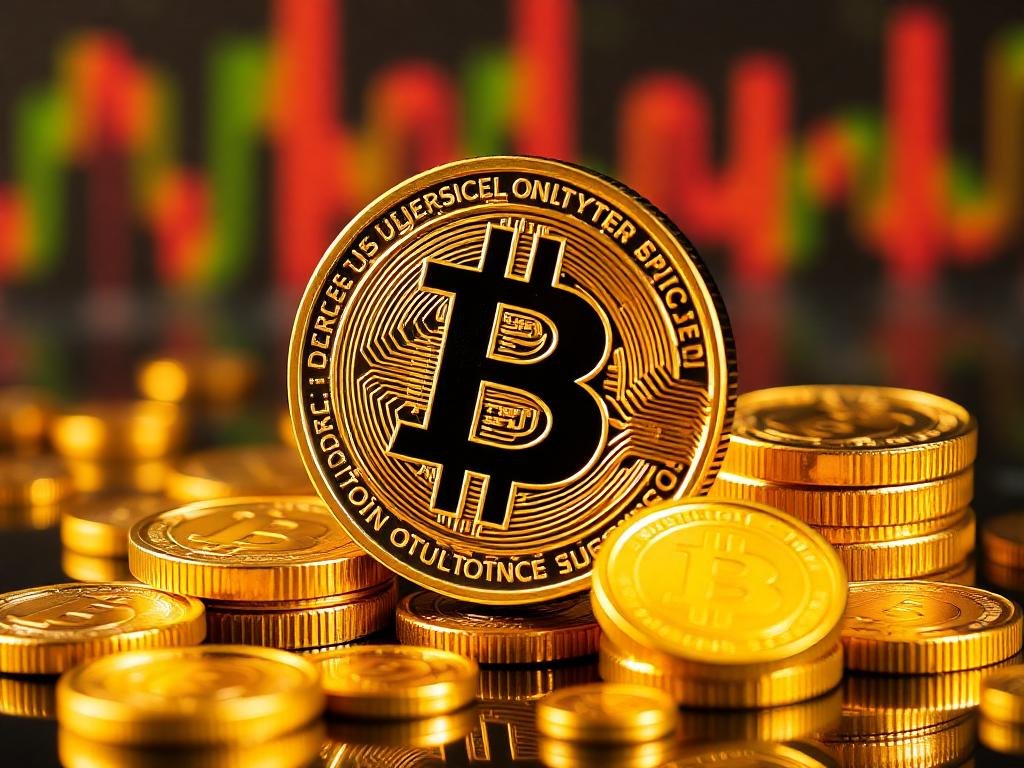
Introduction
In the fast-paced world of digital finance, one of the most debated questions remains: Does cryptocurrency have intrinsic value? With Bitcoin, Ethereum, and thousands of altcoins dominating headlines, the topic often sparks passionate arguments among economists, technologists, investors, and regulators.
This comprehensive article dives deep into the concept of intrinsic value, analyzes how it applies to cryptocurrencies, and compares them with traditional assets like fiat currency, gold, and stocks. If you’re looking for an insightful, SEO-friendly guide to the intrinsic value of cryptocurrencies, you’re in the right place.
What Is Intrinsic Value?
To understand whether cryptocurrencies have intrinsic value, we first need to define what that term actually means.
Intrinsic value is the perceived or calculated value of an asset based on its fundamental characteristics, without reference to its market price. In traditional finance, intrinsic value is derived from things like:
- Utility
- Scarcity
- Cost of production
- Future cash flows (for stocks)
- Underlying assets (in real estate or commodities)
When people say something has “intrinsic value,” they mean its worth is inherent, not dictated solely by market speculation or external factors.
Cryptocurrency Basics: A Quick Refresher
Before diving into value theory, let’s quickly cover what cryptocurrency is.
Cryptocurrency is a digital or virtual currency that uses cryptography for security. Most cryptocurrencies are decentralized networks based on blockchain technology—a distributed ledger enforced by a network of computers (nodes).
Popular examples include:
- Bitcoin (BTC): Often referred to as digital gold.
- Ethereum (ETH): A programmable blockchain with smart contracts.
- Solana, Cardano, Polygon: Alternatives offering various performance advantages.
The Intrinsic Value Debate in Cryptocurrency
The debate over crypto’s intrinsic value largely stems from comparisons to traditional assets. Critics often argue that cryptocurrencies have no intrinsic value because:
- They don’t produce income (like stocks).
- They’re not backed by physical commodities (like gold).
- They rely heavily on speculation.
Proponents counter that cryptocurrencies offer utility, scarcity, decentralization, and programmability, which confer intrinsic value. Let’s explore each of these dimensions.
1. Utility and Functionality
Utility is a core component of intrinsic value. A thing that serves a purpose—whether it’s a car, a smartphone, or a digital token—can have intrinsic value based on its usefulness.
Cryptocurrencies enable a variety of utilities:
- Medium of exchange: Bitcoin and others are used for payments.
- Smart contracts: Ethereum allows trustless agreements and DeFi apps.
- Store of value: Bitcoin is increasingly seen as digital gold.
- Access to digital services: Tokens like BNB or MATIC are used within specific ecosystems.
- Remittances: Fast, low-cost cross-border transfers without intermediaries.
So, while a token may not generate cash flows, its ability to facilitate secure, decentralized functions adds intrinsic utility.
2. Scarcity and Supply Constraints
Scarcity is a traditional marker of intrinsic value. Gold, for instance, has limited supply, which contributes to its value.
Bitcoin has hardcoded scarcity: Only 21 million coins will ever exist. This supply cap is enforced by code and verified by thousands of nodes across the globe.
Other cryptocurrencies like Ethereum are moving toward deflationary mechanisms (e.g., EIP-1559 burns a portion of ETH during transactions).
The fixed or controlled supply of many cryptocurrencies mimics the scarcity principle that underpins the intrinsic value of physical commodities.
3. Decentralization and Trustlessness
One of the most revolutionary features of cryptocurrency is decentralization. Traditional financial systems rely on central banks, intermediaries, and institutions. Cryptocurrencies operate without these middlemen.
This decentralization:
- Reduces the risk of censorship or asset seizure.
- Enables financial access for the unbanked.
- Supports innovation via permissionless systems.
While this may be hard to quantify, freedom from centralized control has tangible societal value, especially in regions with unstable governments or hyperinflation.
4. Cost of Production
Bitcoin and some other coins are created through mining, which requires significant computing power and electricity. Just as gold’s value is partially derived from the difficulty of mining it, Bitcoin has a proof-of-work system that involves real-world costs.
Even proof-of-stake systems (used by Ethereum post-merge) require staked assets and infrastructure to participate in network validation. These systems, while more energy-efficient, still represent an economic cost and therefore contribute to intrinsic value.
5. Network Effects and Ecosystem Growth
A modern interpretation of intrinsic value considers network effects. Just as Facebook becomes more valuable as more users join, cryptocurrencies benefit from the growth of their user bases and developer ecosystems.
- Bitcoin has the largest and most secure network.
- Ethereum powers thousands of DeFi and NFT applications.
- Layer 2 solutions and interoperability protocols enhance scalability and usability.
The size and health of these networks contribute to their tokens’ fundamental value.
Comparisons With Traditional Assets
| Asset Type | Source of Intrinsic Value | Comparable Crypto Characteristics |
|---|---|---|
| Gold | Scarcity, durability, fungibility | Bitcoin: fixed supply, digital scarcity |
| Fiat Currency | Legal tender status, government backing | Stablecoins (USDT, USDC): pegged to fiat |
| Stocks | Cash flow, dividends, company assets | Governance tokens (e.g., UNI, AAVE) |
| Real Estate | Utility (shelter), limited supply, location | Virtual land (Decentraland, Sandbox) |
This comparison highlights that while cryptocurrencies are digital, they can still embody many of the same value principles as physical or financial assets.
Common Misconceptions
“Cryptocurrencies Are Just Speculative Assets”
Yes, many investors buy crypto for speculation. But speculation happens in all markets—real estate, stocks, even fiat currencies. The presence of speculation doesn’t negate intrinsic value. FD Calculator
“They’re Not Backed by Anything”
Crypto isn’t backed by governments or gold—but neither is modern fiat money. The U.S. dollar, for example, has been off the gold standard since 1971. What gives fiat money value is trust and acceptance, the same things driving cryptocurrencies forward.
Real-World Applications That Reinforce Value
Cryptocurrency projects are no longer just ideas. They’re being used globally:
- El Salvador adopted Bitcoin as legal tender.
- Remittance services are leveraging crypto for near-instant transfers.
- NFTs enable digital ownership and monetization for artists.
- DeFi (Decentralized Finance) allows borrowing, lending, and trading without banks.
Each of these applications gives crypto utility, reinforcing its fundamental value proposition.
Risks to Intrinsic Value in Crypto
Despite the arguments in favor, cryptocurrencies are not without risks:
- Volatility undermines their use as stable money.
- Regulatory uncertainty can threaten adoption.
- Security risks (like hacks or smart contract bugs) can cause losses.
- Environmental impact of proof-of-work systems.
These risks can affect perceived and actual value but are also areas where the industry is rapidly evolving solutions.
Final Thoughts
Cryptocurrency represents a paradigm shift in how we define and exchange value. While it doesn’t fit neatly into traditional valuation models, it clearly offers intrinsic properties that contribute to its worth—especially as we move toward a more digital, decentralized economy.Currency Converter
In conclusion, the intrinsic value of cryptocurrency is not a myth—it’s a multifaceted, evolving reality. As with any asset class, it’s essential to distinguish between hype and substance. But dismissing crypto entirely as “worthless” ignores the profound innovations it enables.
Whether you’re an investor, technologist, or simply crypto-curious, understanding the true sources of value in digital assets is key to navigating the future of finance.
Keywords: intrinsic value of cryptocurrency, does bitcoin have intrinsic value, crypto utility, is cryptocurrency backed by anything, crypto vs fiat, cryptocurrency value drivers, crypto investment fundamentals
Would you like me to convert this into an HTML version or optimize it further for a specific platform like WordPress, Medium, or LinkedIn?


